

— Blogs —
—Products—
 Consumer hotline +8618073152920
Consumer hotline +8618073152920 WhatsApp:+8615367865107
Address:Room 102, District D, Houhu Industrial Park, Yuelu District, Changsha City, Hunan Province, China
Product knowledge
Time:2024-10-24 14:58:16 Popularity:870
Agricultural crop sensors are devices that are used to monitor and record the growing environment and status of crops. These sensors can provide key information about soil, climate, crop health, etc. to help farmers or agricultural technicians better manage the crop growth process.

|

|

|
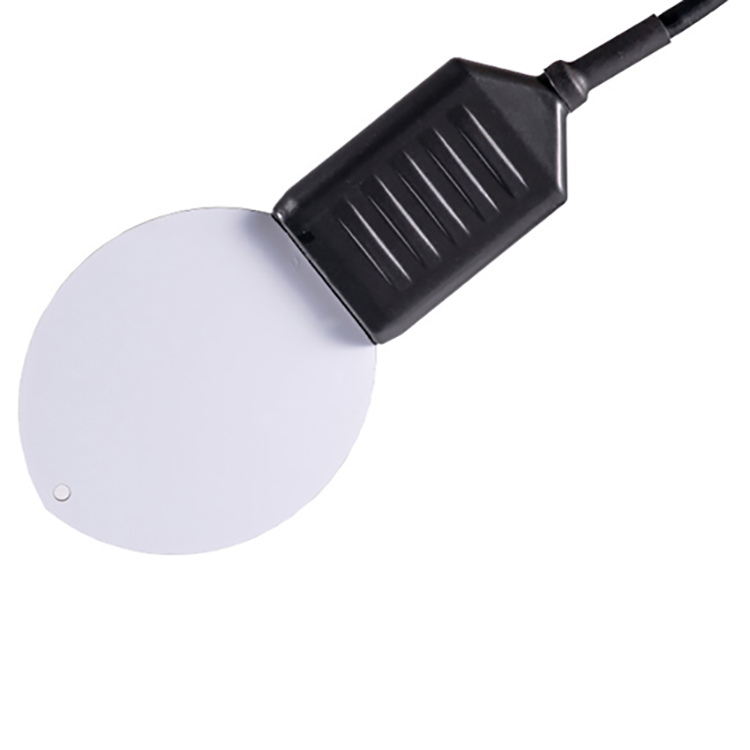
|

|
| Anemometer Wind Speed sensor | Wind direction sensor | Tipping bucket rain gauge sensor | Leaf Wetness Sensor | Piezoelectric Rain Gauge |

|

|

|
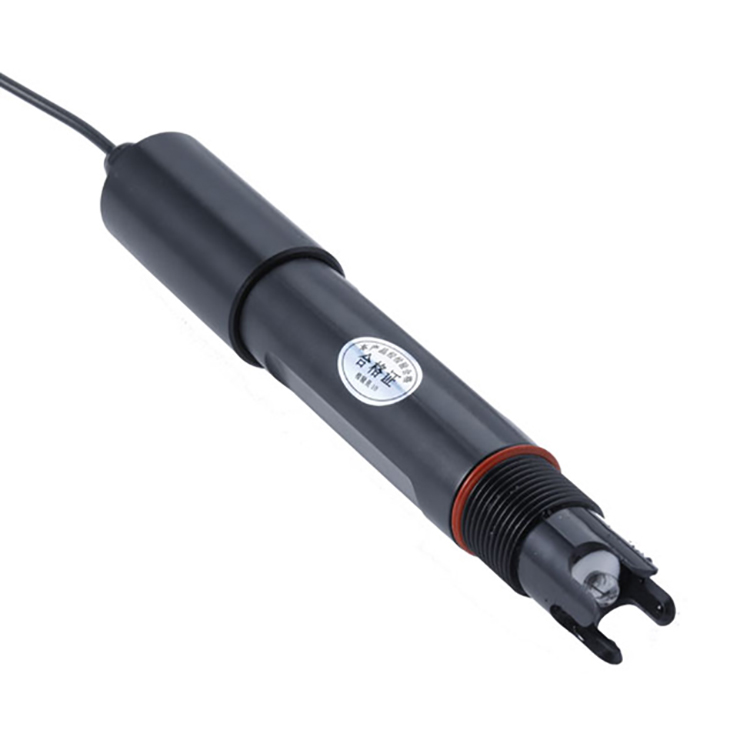
|

|
| Atmospheric Temperature Humidity air pressure Sensor | ultrasonic wind speed and direction sensor | 5 in1 Ultrasonic Weather Station Sensor | Soil pH sensor | 7 in1 Ultrasonic Weather Station Sensor |
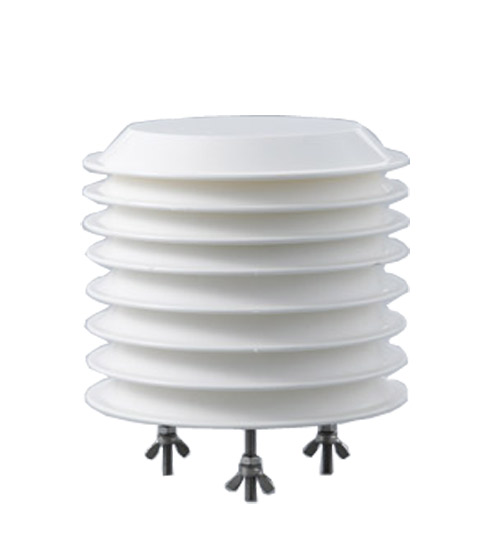
|

|

|

|

|
| Carbon dioxide sensor | Solar Radiation Sensor | Photosynthetically Active Radiation Sensor; | illumination sensor | Soil Moisture Temperature sensor |
- Function: Monitor the moisture content in the soil.
- Value: Help farmers rationally adjust the irrigation amount to improve the yield and quality of crops.
- Application Scenario: Farmland, orchard, greenhouse, etc.
- Function: Monitor the salt content or ion concentration in soil.
- Value: Reflect the soil fertility status and help farmers apply fertilizer reasonably.
- Application Scenario: farmland, orchard, greenhouse, etc.
- Function: Measuring soil temperature.
- Value: Help farmers to understand the soil thermal condition and provide suitable temperature environment for crop growth.
- Application Scenario: Seed germination and crop growth monitoring.
- Function: Measure the acidity and alkalinity of soil.
- Value: Regulate the balance of soil acidity and alkalinity to improve crop yield.
- Application Scenario: farmland, orchard, greenhouse, etc.
- Air temperature sensor:
- Function: Measure the air temperature.
- Value: Evaluating the comfort of crop growing environment and applicability of materials.
- Application Scenario: Farmland, greenhouse, etc.
- Humidity Sensor:
- Function: Measure the relative humidity of air.
- Value: To understand the humidity condition of the crop growing environment and its influence on crop growth.
- Application Scenario: Farmland, greenhouse, etc.
- Light Sensor:
- Function: Monitor light intensity and photoperiod.
- Value: Help farmers to control the photosynthesis of plants and improve the efficiency of light energy utilization of plants.
- Application Scenario: Greenhouse and outdoor planting.
- Wind speed and direction sensor:
- Function: Measure wind speed and direction.
- Value: Evaluate wind load, air flow and haze propagation during construction.
- Application Scenario: Open farmland and coastal areas.
- Rainfall Sensor:
- Functions: Measure rainfall and rainfall intensity.
- Value: Rationalize agricultural activities such as irrigation and drainage.
- Application Scenario: All areas requiring irrigation.
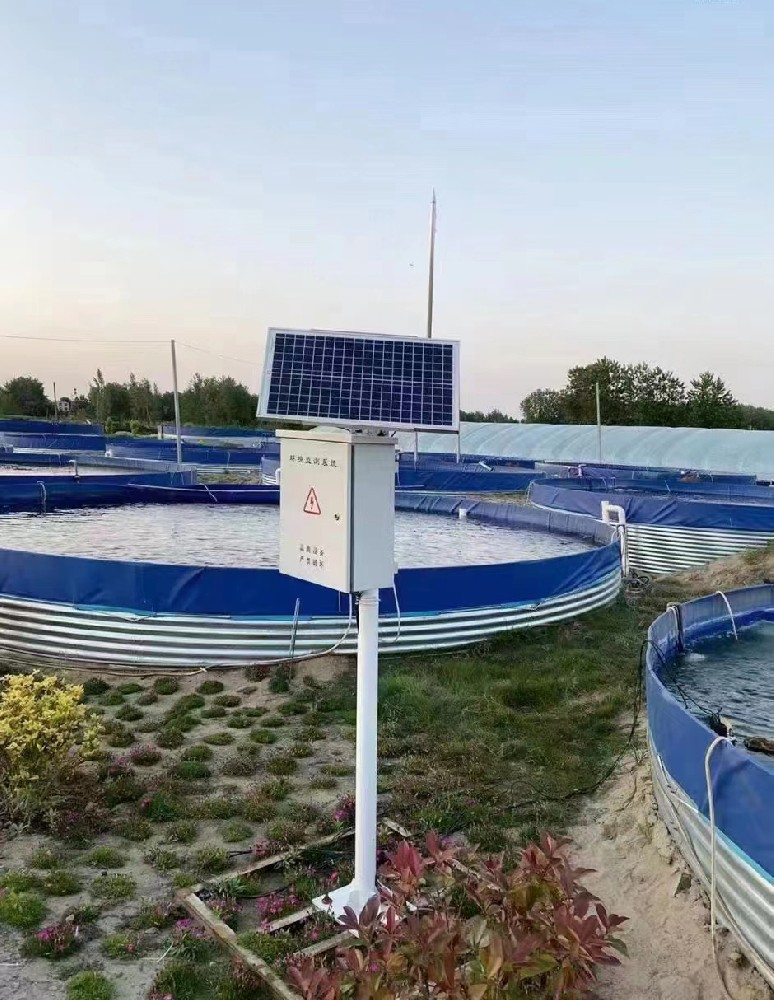
- Function: To monitor the dissolved oxygen content in a body of water.
- Value: Critical for farmers practicing hydroponics and aquaculture to help adjust the operation of dissolved oxygen equipment to ensure a favorable water environment.
- Application Scenario: Hydroponics and aquaculture.
- Conductivity Sensor:
- Function: Monitor the ion content in the water body.
- Value: Reflects water quality.
- Application Scenario: Irrigation system, aquaculture and hydroponic agriculture.
- Function: Monitor the concentration of carbon dioxide in the air.
- Value: It has important influence on photosynthesis, especially in greenhouse cultivation, the regulation of carbon dioxide concentration directly affects the efficiency of photosynthesis of crops.
- Application Scenario: Greenhouse planting.
- Other harmful gas sensors:
- Function: Detecting harmful gases in agricultural environment, such as ammonia and hydrogen sulfide.
- Value: Timely detection of air pollution and help farmers take measures such as ventilation and exhaust to reduce the impact of harmful gases on crops and farmers' health.
- Application Scenario: Farmland, greenhouse, etc.
- Function: Combine sensor technology with botany to monitor the growth conditions and health of plants in real time.
- Value: By collecting a large amount of data, it can accurately detect factors such as water, nutrients and light required by plants and provide timely feedback.
- Application Scenario: Crop growth monitoring and disease early warning.
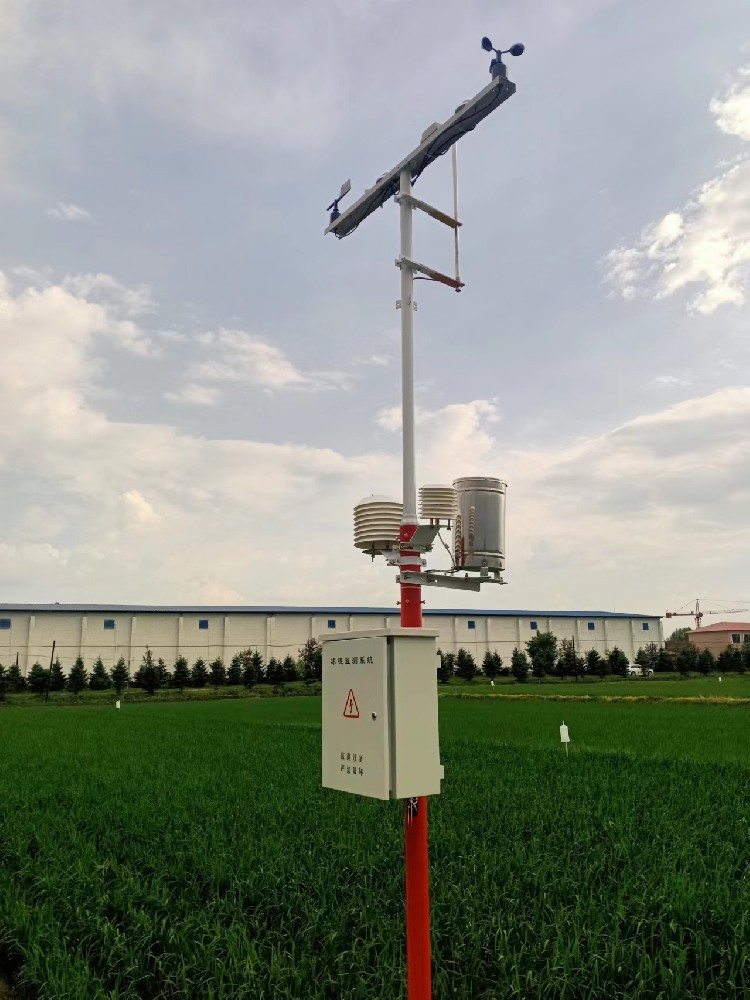
1. High precision: the use of advanced sensing technology and high-quality materials, can accurately measure crop growth status, soil humidity, temperature and other environmental parameters.
2. Real-time: able to transmit massive amounts of data in real time, farmers can track the growth of crops and soil, and can detect problems in a timely manner.
3. Ease of use: very easy to install and use, only a few simple steps can be completed. The software is also very easy to use, even for beginners.
4. Durability: Made of high-quality materials and advanced technology, it is highly reliable and durable. Even in harsh environments, it can work stably.
5. Abundance: very rich in variety, able to meet different agricultural production needs.
6. Intelligent: able to automatically collect data and transmit them to the monitoring system.
7. Integration: Multi-sensor integration to provide comprehensive environmental monitoring.
8. Remote monitoring: through wireless technology to realize remote data access and control.
9. Low power consumption: suitable for long-term field deployment, reducing maintenance costs.
1. Improve the efficiency of agricultural production: through the data provided, farmers can be more scientific arrangements for agricultural activities, such as irrigation, fertilization, pest control, etc., thus improving the efficiency of agricultural production.
2. Saving agricultural resources: Being able to accurately monitor various factors required by crops, farmers can apply water and fertilizers, carry out pest control and other operations more accurately, thus reducing the waste of resources.
3. Ensure the quality and safety of agricultural products: It helps farmers to detect harmful substances in the soil and pests and diseases in the growing process of crops, so as to ensure the quality and safety of agricultural products.
4. Reducing labor costs: automated monitoring and data processing reduces manual labor.
5. Environmentally friendly: through scientific management, it reduces the negative impact on the environment.
6. Promote the modernization of agriculture: it is an important part of modern agricultural technology, which promotes the modernization of agriculture and injects a new impetus for the sustainable development of agriculture.
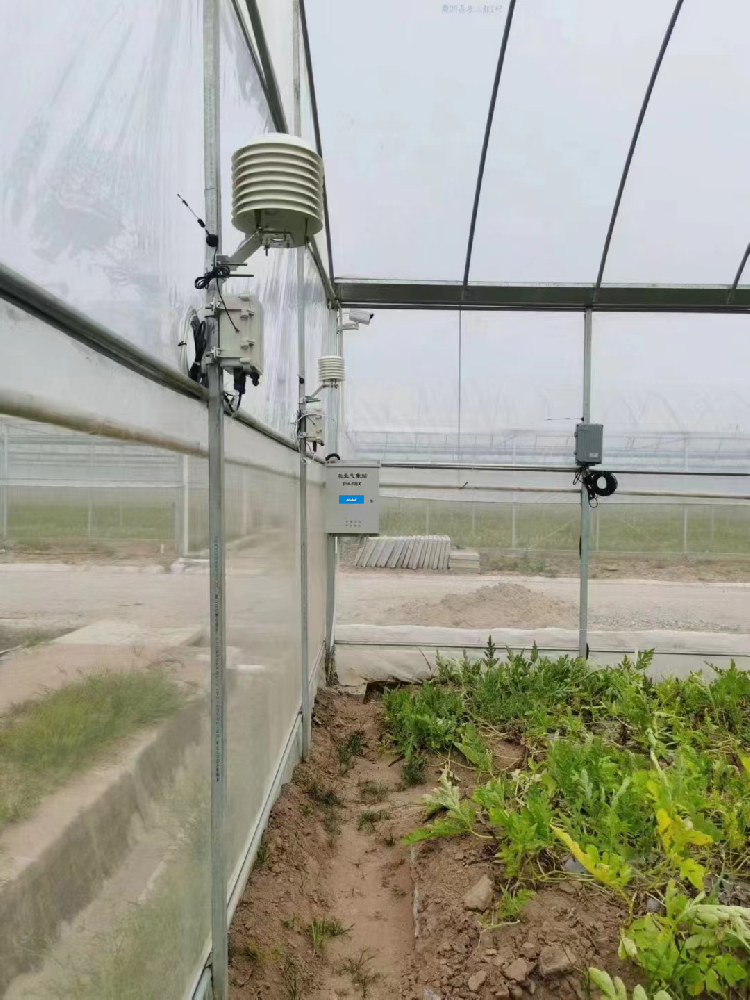
1. Data-driven decision-making: In combination with the Internet of Things (IoT) technology, data collected by crop sensors are analyzed to provide farmers with scientific advice on irrigation, fertilization, and pest control, reducing blind operations and realizing precise management.
2. Intelligent irrigation system: through soil moisture sensors linked with automated irrigation equipment, it realizes on-demand irrigation, which ensures crop water demand and avoids water waste.
3. Early warning of pests and diseases: Combined with temperature, humidity and other environmental data, machine learning algorithms are utilized to predict the possibility of pest and disease outbreaks, and preventive measures are taken in advance.
1. miniaturization and low power consumption: miniaturization and low-power design of sensor technology makes individual sensors smaller, easier to deploy, and reduces maintenance costs.
2. wireless communication technology: the application of low-power wide-area network technologies such as LoRa and NB-IoT has expanded the communication range of sensors, reduced deployment costs, and improved the reliability of data transmission.
3. Artificial Intelligence Convergence: the integration of AI technology makes sensor data processing more intelligent, and is able to automatically identify abnormalities and provide more accurate agricultural management recommendations.
1. Integration and multifunctionality: future sensors will be more integrated, a device may have a variety of monitoring functions at the same time, to simplify the complexity of farmland management.
2. Adaptive and self-learning capabilities: the sensor system will have a stronger adaptive capacity, through machine learning to continuously optimize the monitoring and decision-making models, to improve the level of automation of agricultural production.
3. sustainable development: with the increasing awareness of environmental protection, the development of more environmentally friendly and biodegradable sensor materials to reduce the impact on the environment will be an important direction in the future.
4. Agricultural big data platform: Sensor data will be integrated into a large-scale agricultural big data platform, which will provide analysis from a global perspective through cloud computing to support macro decision-making and agricultural policy formulation.
Summary
Crop sensors are an important part of modern agricultural technology, they realize the fine management of the agricultural environment through high-tech means, which not only improves the growth efficiency and quality of crops, but also promotes the sustainable development of agriculture. The wide application of these sensors marks the shift from traditional agriculture to precision agriculture, and is an important tool for enhancing agricultural competitiveness and adapting to climate change. Through these extensions, we can see that crop sensors are not only a product of technological progress, but also a key tool for promoting agricultural modernization and achieving green and sustainable development. With the continuous innovation of technology, they will play an increasingly important role in guaranteeing global food safety and improving agricultural efficiency.
Related recommendations
Sensors & Weather Stations Catalog
Agriculture Sensors and Weather Stations Catalog-NiuBoL.pdf
Weather Stations Catalog-NiuBoL.pdf
Related products
 Combined air temperature and relative humidity sensor
Combined air temperature and relative humidity sensor Soil Moisture Temperature sensor for irrigation
Soil Moisture Temperature sensor for irrigation Soil pH sensor RS485 soil Testing instrument soil ph meter for agriculture
Soil pH sensor RS485 soil Testing instrument soil ph meter for agriculture Wind Speed sensor Output Modbus/RS485/Analog/0-5V/4-20mA
Wind Speed sensor Output Modbus/RS485/Analog/0-5V/4-20mA Tipping bucket rain gauge for weather monitoring auto rainfall sensor RS485/Outdoor/stainless steel
Tipping bucket rain gauge for weather monitoring auto rainfall sensor RS485/Outdoor/stainless steel Pyranometer Solar Radiation Sensor 4-20mA/RS485
Pyranometer Solar Radiation Sensor 4-20mA/RS485
Screenshot, WhatsApp to identify the QR code
WhatsApp number:+8615367865107
(Click on WhatsApp to copy and add friends)
